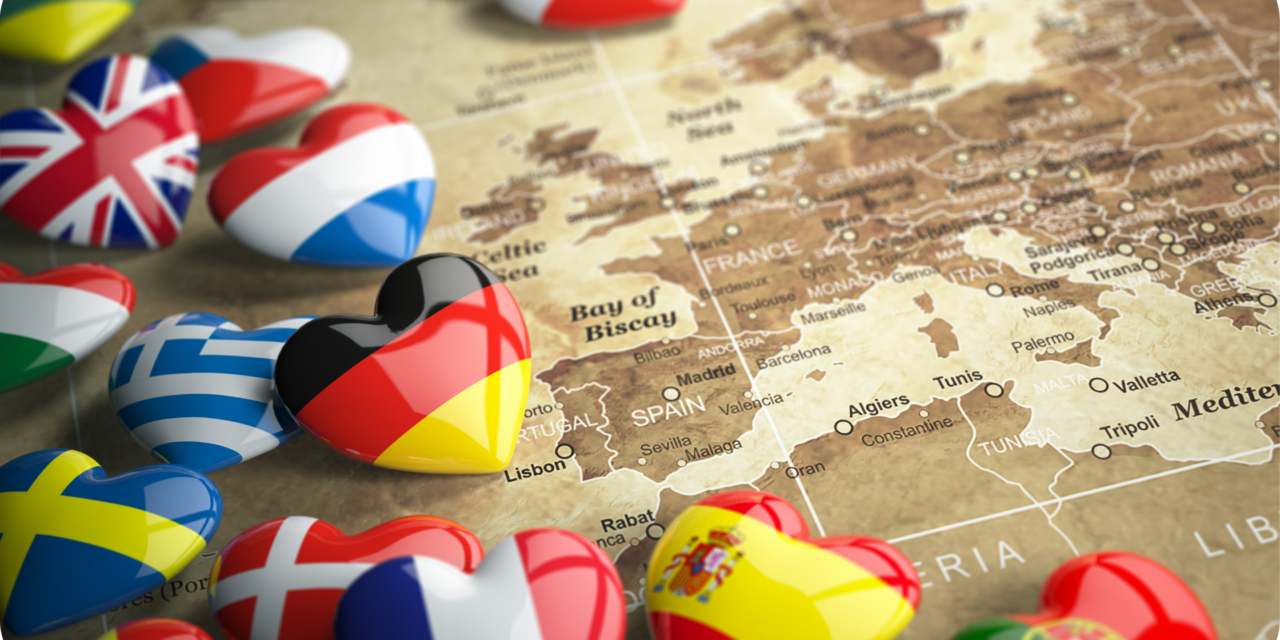Exports of goods have seen a surprisingly fast recovery over the course of
2020. A more challenging environment awaits for 2021 but we do expect the
recovery to continue
Content
– The global recovery is key for eurozone export growth
– What are they buying?
– With the euro trending higher, could the recovery be derailed?
– For 1Q, expect a more subdued export environment, but order books remain strong
The global recovery is key for Eurozone export growth
With restrictions on services still in place in many countries and savings running high,
consumers globally have turned to spending on goods. The recovery in exports of goods has
therefore been much quicker than in previous crises as the gap with pre-pandemic levels has almost been closed already. With demand in eurozone economies more limited by restrictions
than outside the region, the intra-eurozone trade recovery has levelled off more during the
second wave.
Eurozone exports continue to recover quickly, while Intra-Eurozone trade has levelled off
As the recovery of global demand plays a key role in export improvement, it should come as no surprise that China has been a stronghold for the eurozone’s external demand. Chinese demand for eurozone goods recovered rapidly after last February’s lockdown, returning to pre-crisis levels in June and currently around 15% higher. The UK has also been an important driver of recovering eurozone exports, although that recovery has been driven in part by frontloading exports ahead of the end of the transition period between the EU and UK, therefore driving up demand in 4Q that will be missing in 1Q.
China remains the stronghold for Eurozone exports
The rest of the EU has also been important in the eurozone export recovery. Poland, Sweden and Denmark have already seen demand for eurozone goods recover fully, while the Czech Republic, Hungary and Romania are almost there. Among other large trading partners, the US is also an important one to watch. The recovery of US demand for eurozone products had been weak at the start of the recovery and has been trailing other large export partners.
With income support likely to be substantial for 2021, there is room for improvement in terms of consumer goods exports, which would support a further recovery of eurozone exports moving forward.
What are they buying?
The recovery has been led by a few large export categories. The categories that have seen exports recover fully again are cars and processed industrial supplies, which are intermediate goods. The strong recovery of car sales shows that durable consumption has done well on the back of excess savings in the global economy. European car exporters are well positioned to profit from that.
The strong improvement in processed industrial supplies results from production resuming quickly, which has caused strong demand for intermediate goods to return. Food and non-durable consumer goods are already above pre-crisis export levels, which is remarkable as non-durable consumer goods exporters have been pessimistic about order books in recent months. Among the weaker performing exports are semi-durable goods and industrial transport equipment, both still well below pre-crisis levels in terms of export performance. Medical supplies globally have risen substantially as a share of world trade, but in the eurozone, exports of Covid-19 related medical products have fallen back to normal levels after an initial surge during the first wave. While this supported exports during the largest drop over the course of the spring lockdowns, it is not currently playing much of a role in the recovery.
With the euro trending higher, could the recovery be derailed?
Now that we’re back on track, the euro has been appreciating against currencies of major trade partners. A significant strengthening of the currency since the summer has resulted in caution and concern at the European Central Bank, as this could slow inflation and weaken the competitive position of eurozone exporters, in turn slowing the recovery. So far, this has not thrown a spanner in the works. Of course, competitiveness is not only determined by currency strength or weakness and for now, the strong recovery of demand has been the dominant theme as demand has returned. Stronger euro or not, eurozone businesses are already somewhat downbeat about their competitive position outside the EU. Compared to the pre-crisis situation, producers of nondurable consumer goods are particularly concerned. Only producers of intermediate goods and durable consumer goods have seen their competitive position really improve. That means that once initial pandemic recovery effects fade, the pace of growth in exports could slow given tougher global competition. In that environment, a stronger euro will not help.
Sources Used: ING THINK, BLOOMBERG, FXSTREET

